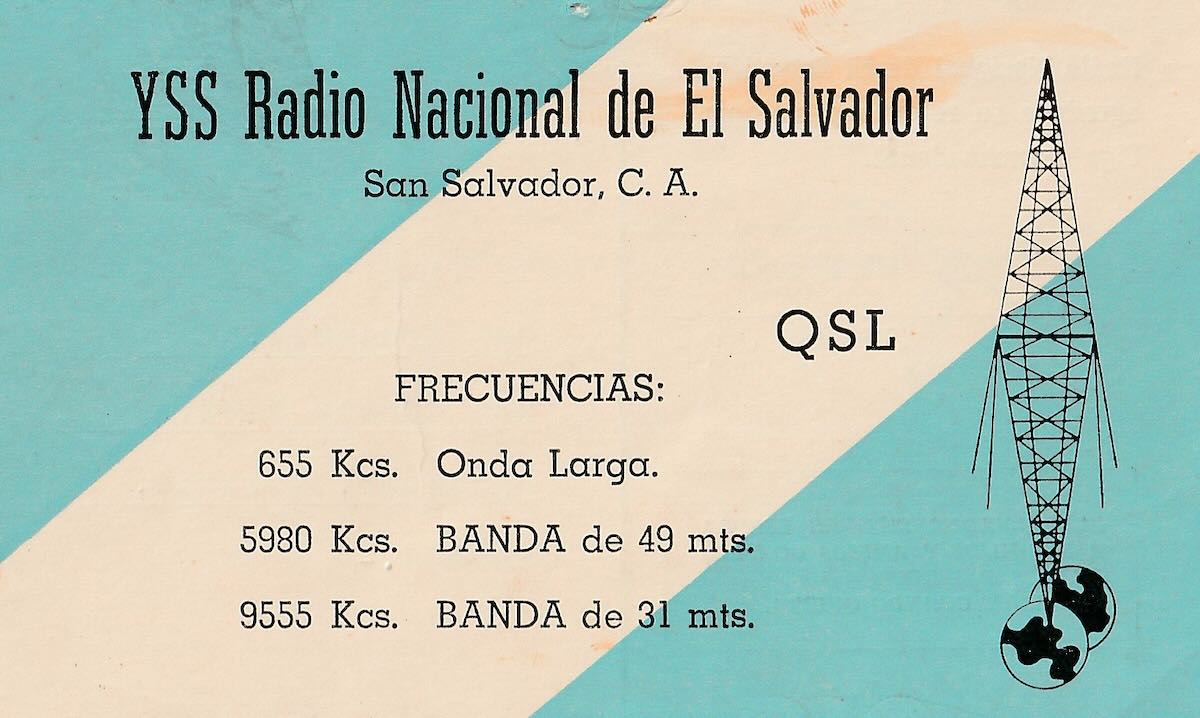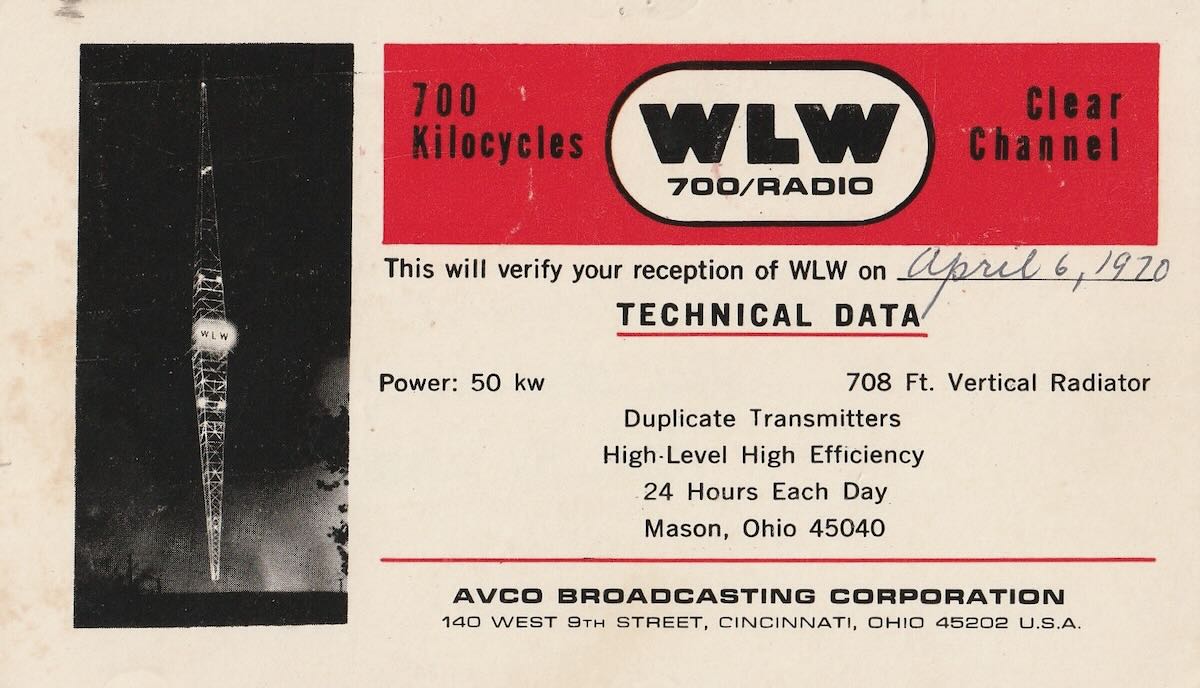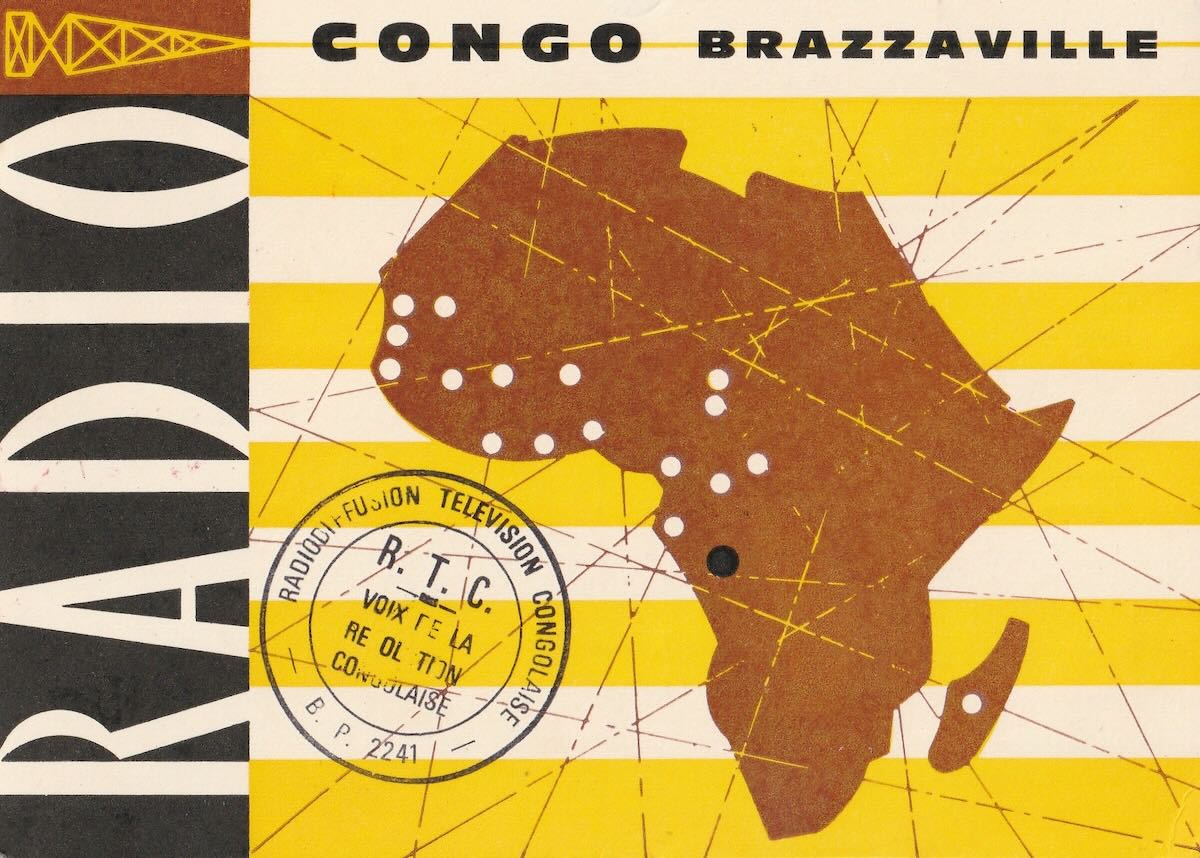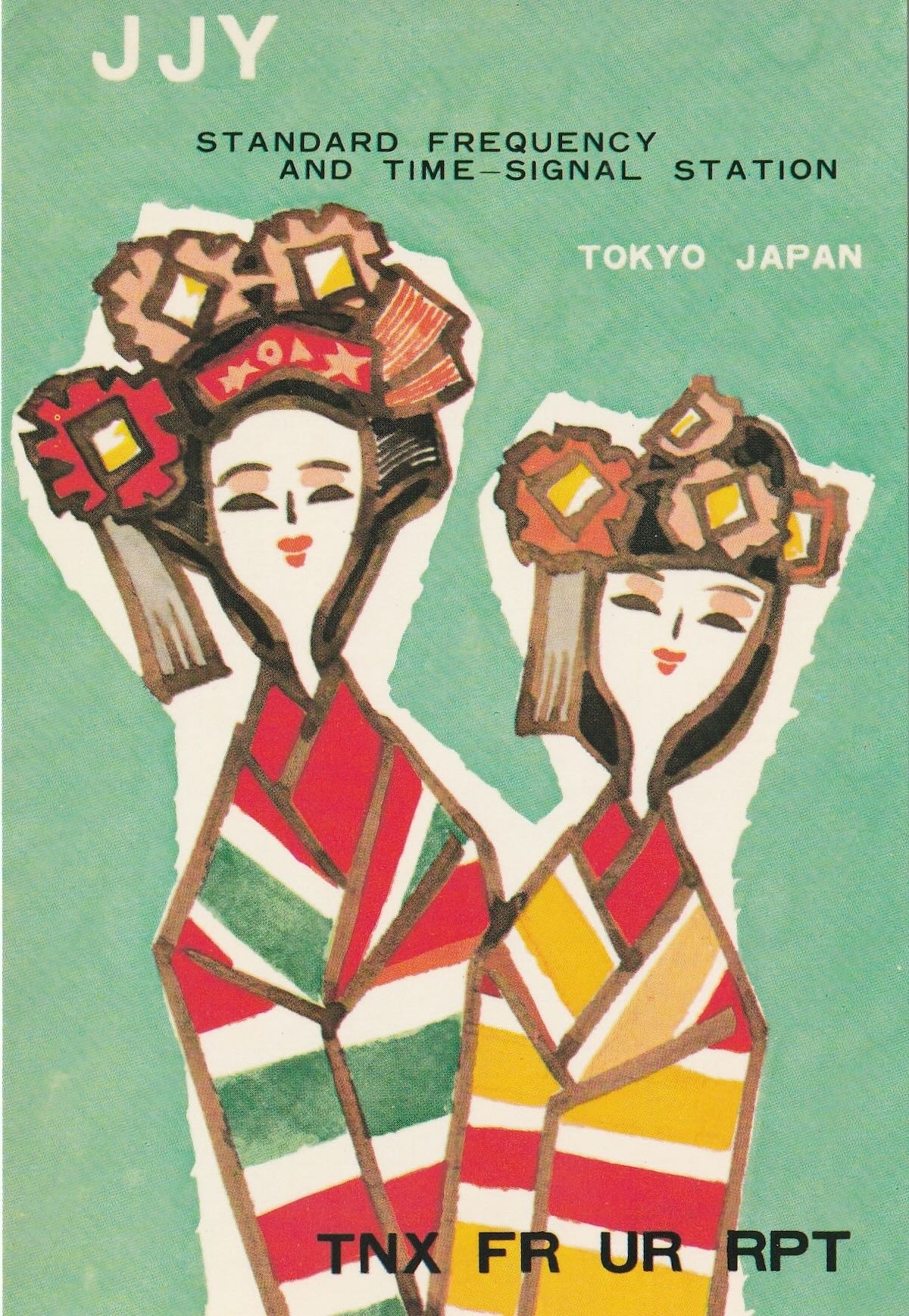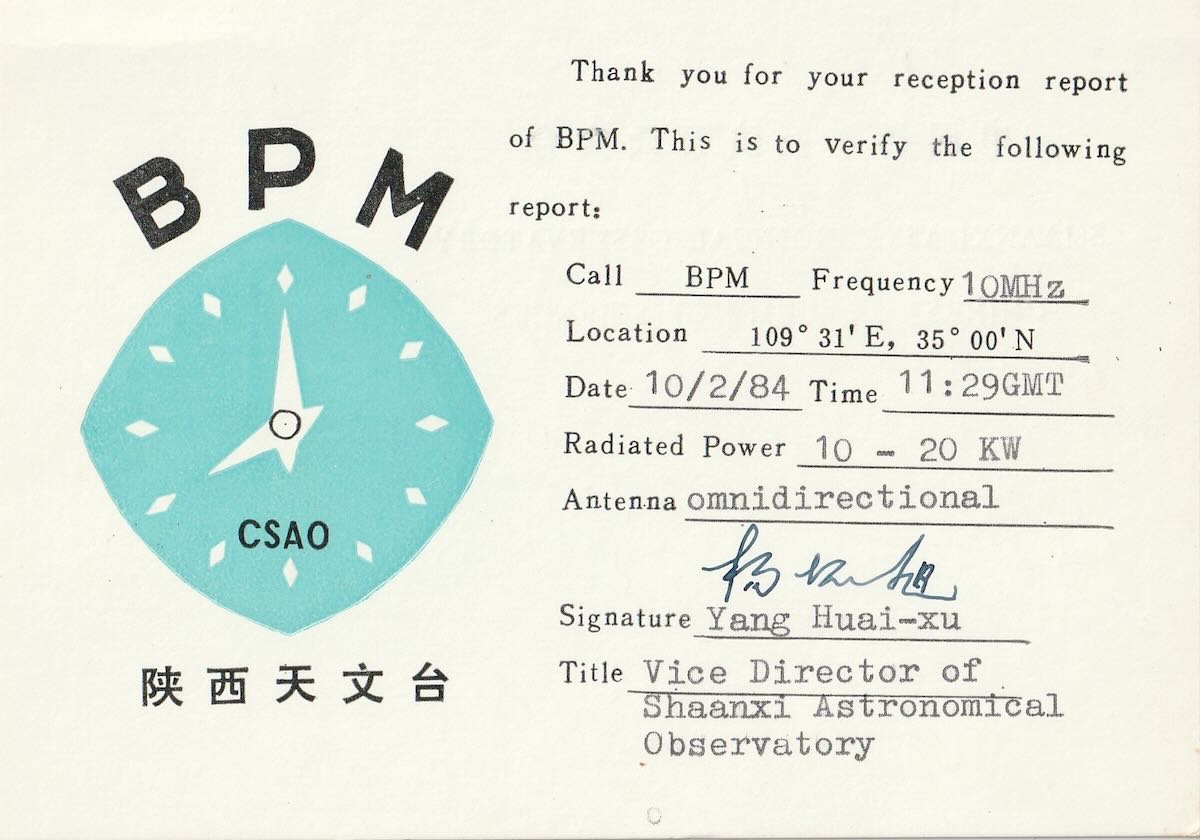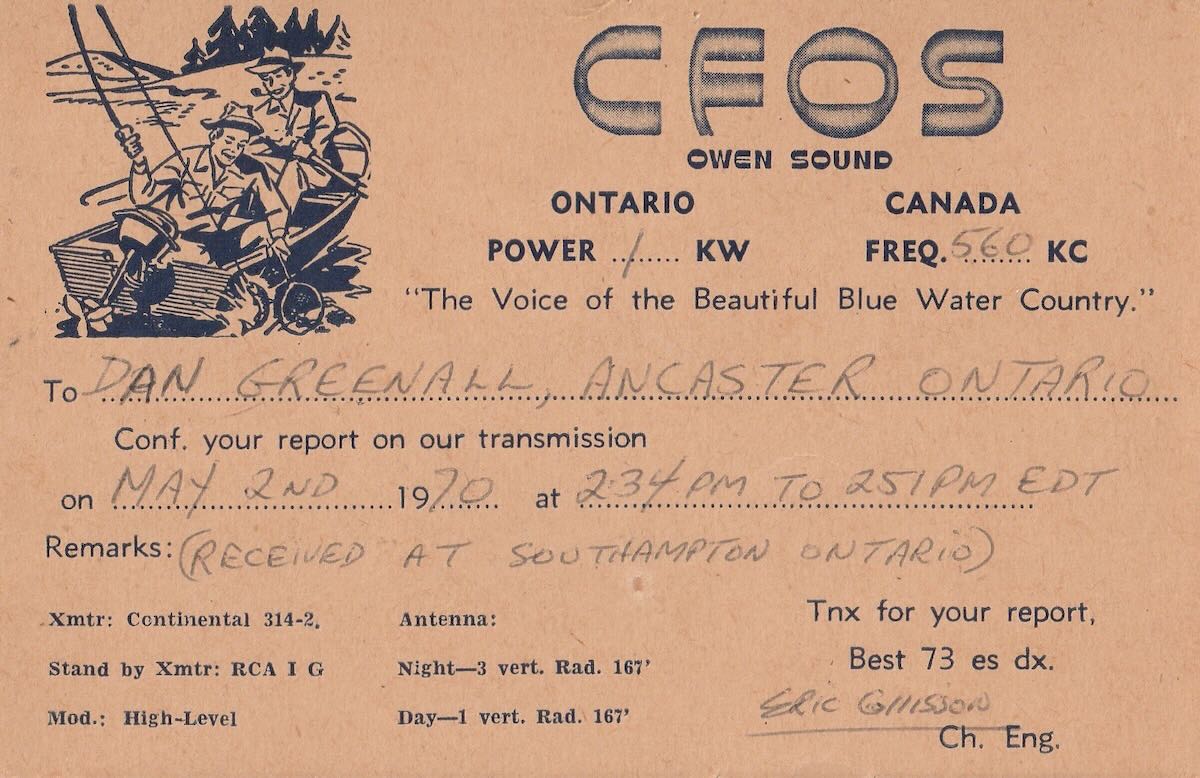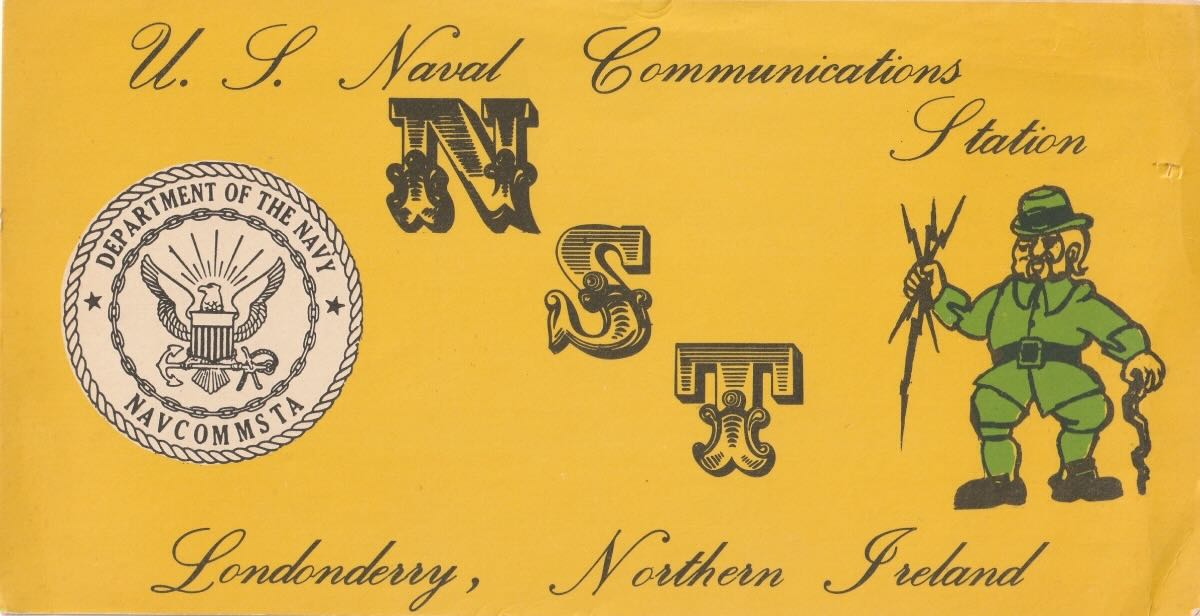 Many thanks to SWLing Post contributor, Gary (W4EEY), who shares a link the following archived documentary on the BBC World Service from 1982:
Many thanks to SWLing Post contributor, Gary (W4EEY), who shares a link the following archived documentary on the BBC World Service from 1982:
Category Archives: Radio History
WWII Radio History: D-Day broadcasting and communications

Maj. Gen. Ralph Royce (second from right), 9th Air Force deputy commander, with engineers on the Normandy beachhead one day after D-Day. (U.S. Air Force photo)
Many thanks to SWLing Post contributor, Kris Partridge, who writes:
With the imminent approach, Thursday, June 6, 2024, of the 80th anniversary of D-Day, followed by operation Overlord.
Being both a radio amateur and in the broadcast industry , I have done a little research and find the two items, below, relating to D-Day and post-D-Day communications and broadcasters.
One, from the BBC Archives for a UK ‘view-point’
and Two, from RadioWorld for the US angle
But remember it was nearly a year away to VE-Day, so more research to be done on the effort of broadcasters to “bring the story home”
Also, one amateur radio related note: A SES (Special Event Station) with the callsign GB8ODD: https://g5fz.co.uk/up-coming-special-event-stations-by-the-lswc/
Being a WWII history buff, I really appreciate the links. Thanks, Kris!
The Giant Antennas of Shanghai Coast Radio Station (XSG)
Many thanks to SWLing Post contributor, Michael (BD4AAQ) who shares the following guest post:
 Shanghai Coast Radio Station (XSG):
Shanghai Coast Radio Station (XSG):
Those Giant Antennas!
The 17th of May is the World Telecommunication Day. It is also the open day of Shanghai Coast Radio Station. On this day, a group of amateur radio operators were invited to visit the transmission facility, a huge antenna farm, of the radio station, located on Chongming Island of Shanghai, the third largest island in China.
Google Satellite Photo
The transmission site of Shanghai Coast Radio Station is as shown below in the map of Chongming Island. Other sites of the station include a central control/receive station in Zhangjiang, a receive station on Hengsha Island and some VHF base stations in a number of other locations. All these locations in Shanghai, linked via cable and microwave connection, form Shanghai Coast Radio Station, also known by its callsign as XSG.
(Google map of transmitter location for Shanghai Coast Radio Station. Note the antenna farm on the left.)
Presentation by Station Officials
Fifteen or so local hams were cordially invited to have a tour of the station. The radio enthusiasts were greeted by station representatives, including Mr Wan, Mr Wang, Mr Zhou and Mr Niu (BH4BFS), who also gave them an overview of the coast radio station’s history and development.
Antenna Farm
Mr Wang then showed the visitors around the antenna farm. Many of us, myself included, saw and were deeply impressed with these huge antennas for the first time! Indeed, many professional radio facilities and operators of similar coast radio stations work quietly around the globe and around the clock to provide for distress, navigational, business and personal communications needs of ships!
[Click on images to enlarge.]
The antennas cover a wide range of frequencies, from MF, HF, to VHF and UHF. Many of them are, however, shortwave (HF) antennas.
Transmitter Room
(I placed a Tecsun PL-330 radio near the transmitter at 12380.1 kHz (weather fax). The signal strength, in dbu, is 96. Given the margin of error of the receiver’s display, that’s probably as high as it could go.)
Shanghai Coast Radio Station (XSG) operates on a wide range of frequencies. Its HF frequencies include 4207.5, 4209.5, 4215.5, 4369, 6312, 6326, 6501, 8414.5, 8425.5, 8770, 8806, 12577, 12637.5, 13176, 13188, 16804.5, 16898.5 and 17407 kHz. Of particular note is that they have kept a CW frequency of 8665 kHz for general broadcast of information on a 24 hour basis.
The station’s VHF phone service covers 25 nautical miles of the coast. Its MF NAVTEX covers 250 nautical miles of the coast. And its HF phone and weather fax and HF NAVTEX extend to 1,000 nautical miles.
History and Current Status
Founded in 1905, Shanghai Coast Radio Station has been around 119 years. The XSG callsign has since remained in use.
China has in place DSC watch and NAVTEX broadcast in coast stations (including XSG) in accordance with GMDSS requirements. Among services provided by XSG are Radio Telephony (RT), Narrow Band Direct Printing (NBDP), “Voice of the East China Sea Coast” (voice broadcast on 161.600 MHz and 8806 kHz) and marine radio weather fax. The station is without a doubt one of the largest coast radio stations in the Asia Pacific region and plays an essential role in the region’s marine safety and communications.
QSL Cards
Shanghai Coast Radio Station issues QSL cards in Chinese and English, traditionally in paper form and nowadays electronically.
(This is an electronic QSL card issued to a Shanghai listener, who received their signal over the radio. Examples of QSL cards in English can be found online.)
Show Room
[Click on images to enlarge.]
Ham Station
Mr Niu of Shanghai Coast Radio Station, one of the tour’s organisers, is a ham himself with callsign BH4BFS. According to him, there are intentions to start a ham radio station within the establishment, possibly incorporating the letters XSG. However, there is much work to be done to make it happen. An amateur radio station with overlapping callsigns with a professional one would be really charming.
Calling all radio enthusiasts, calling all radio enthusiasts
FastRadioBurst 23 letting you know of a forthcoming project from DJ Frederick called The Radio Enthusiast e-APA. It looks very interesting and will cover subjects we all love radio-wise! As the flyer above states the main purpose of the project is “for fun, to connect with other radio enthusiasts, to share information & creativity.” It’ll be available via email and a print edition and also a possible audio program. It will go out three times a year: Spring, Summer and Autumn starting Summer 2024. So please send you submissions to: [email protected] Send anywhere from 1 to 10 pages per mailing by email (Word docs) please!
Dan’s digital archive of QSL Cards
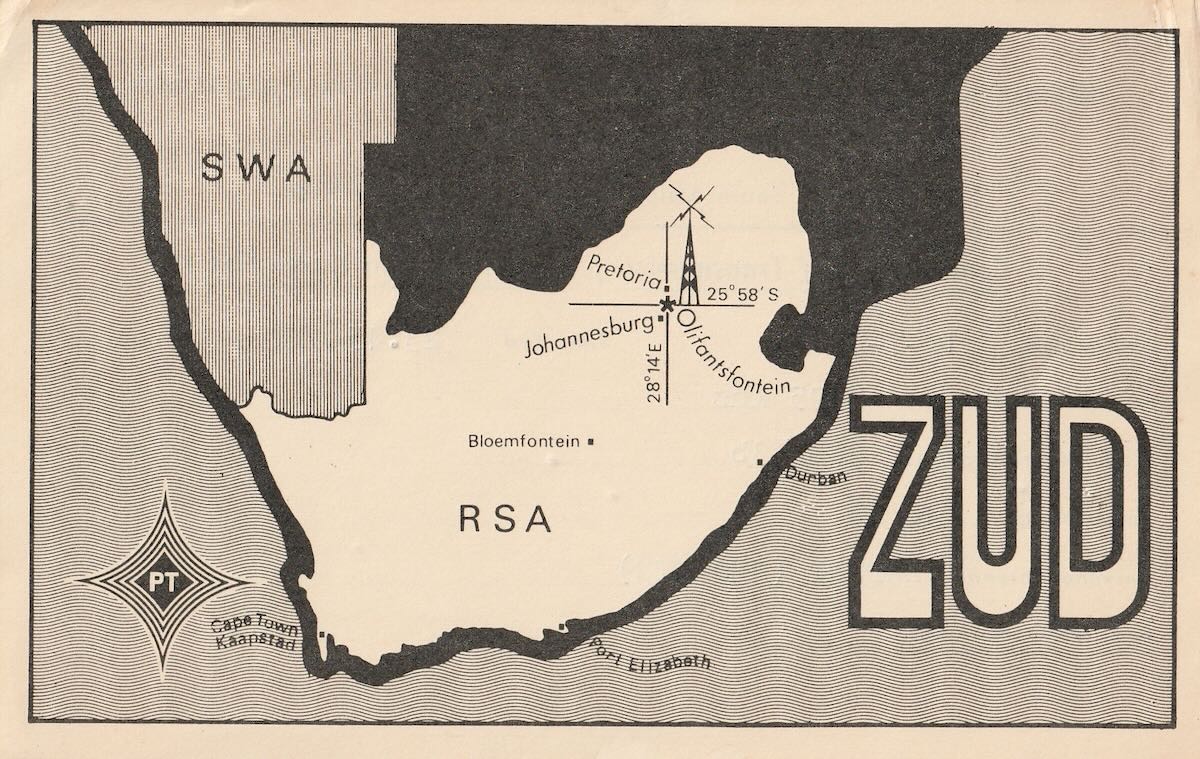 Many thanks to SWLing Post contributor, Dan Greenall, who writes:
Many thanks to SWLing Post contributor, Dan Greenall, who writes:
Hi Thomas
In addition to digitizing many of my old SW and BCB audio files, I have begun setting up some of my QSL galleries on the internet archive in order to help preserve radio history. I am sending along a few links that perhaps old timers and newcomers alike might find of interest.
SWBC stations (sorry, only scanned one side so far)
https://archive.org/details/radio-tampa-tokyo-japan-1987
Utility stations
https://archive.org/details/zhh-st.-helena-inside-view
Time signal stations
https://archive.org/details/vng-australia-1971
BCB stations (mostly my own except for a few very old historic ones that I bought from eBay)
https://archive.org/details/ckoc-hamilton-on-1983
Small Sample from Dan’s QSL Collection:
Video: Building Bethany – VOA’s First High-Power International Broadcast Station
Many thanks to the National VOA Museum of Broadcasting for posting the following video on their YouTube channel:
Events Mark the 150th Anniversary of Marconi’s Birth
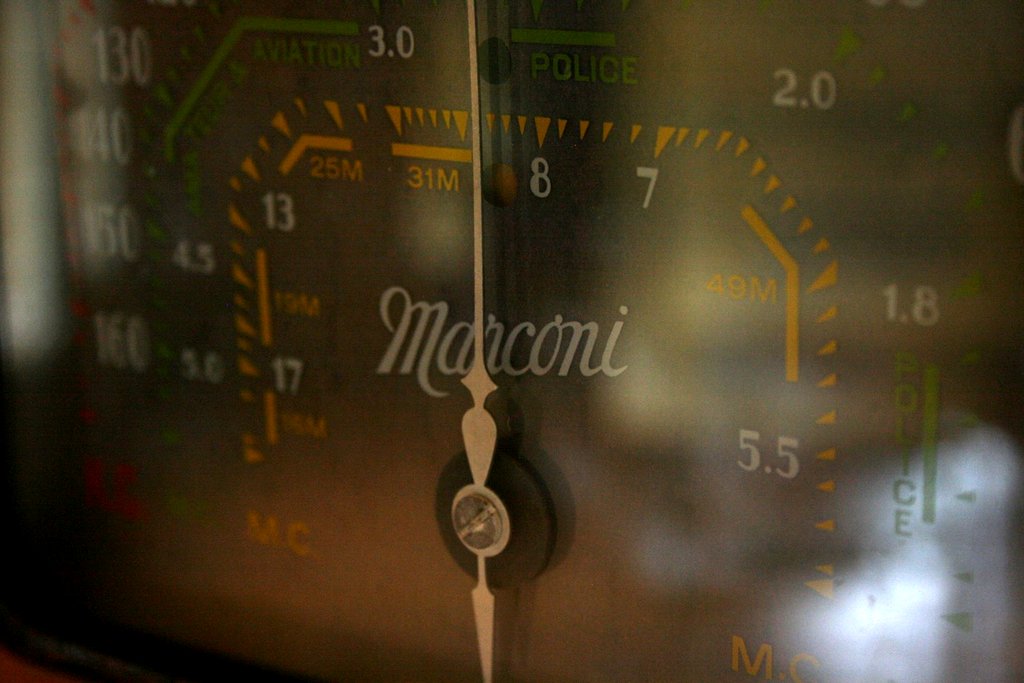 Many thanks to SWLing Post contributor, Paul Jamet, who writes:
Many thanks to SWLing Post contributor, Paul Jamet, who writes:
Tomorrow, April 25, 2024, will be the 150th anniversary of G. Marconi’s birth.
[…]I’ve just published an article on the Radio Club du Perche website in which I’ve included a few references to English-language sites : http://radioclub.perche.free.fr/?p=12658
The Poldhu Amateur Radio Club (UK) will be marking the event.
Finally, I’ve discovered a site which, since April 1, lists the amateur stations broadcasting on this occasion : https://www.150marconi.org/
Also :
https://www.dx-world.net/ii1gm-150th-anniversary-birth-of-marconi/
Conferences are also being organized:
https://www.bolognawelcome.com/en/events/celebrations-anniversaries/150-anniversario-di-guglielmo-marconi-en
https://www.wirelessinnovation.org/marconi-anniversary-celebration
Here it is … Hope this helps … Best regards.
Thanks so much for sharing these resources, Paul!
























